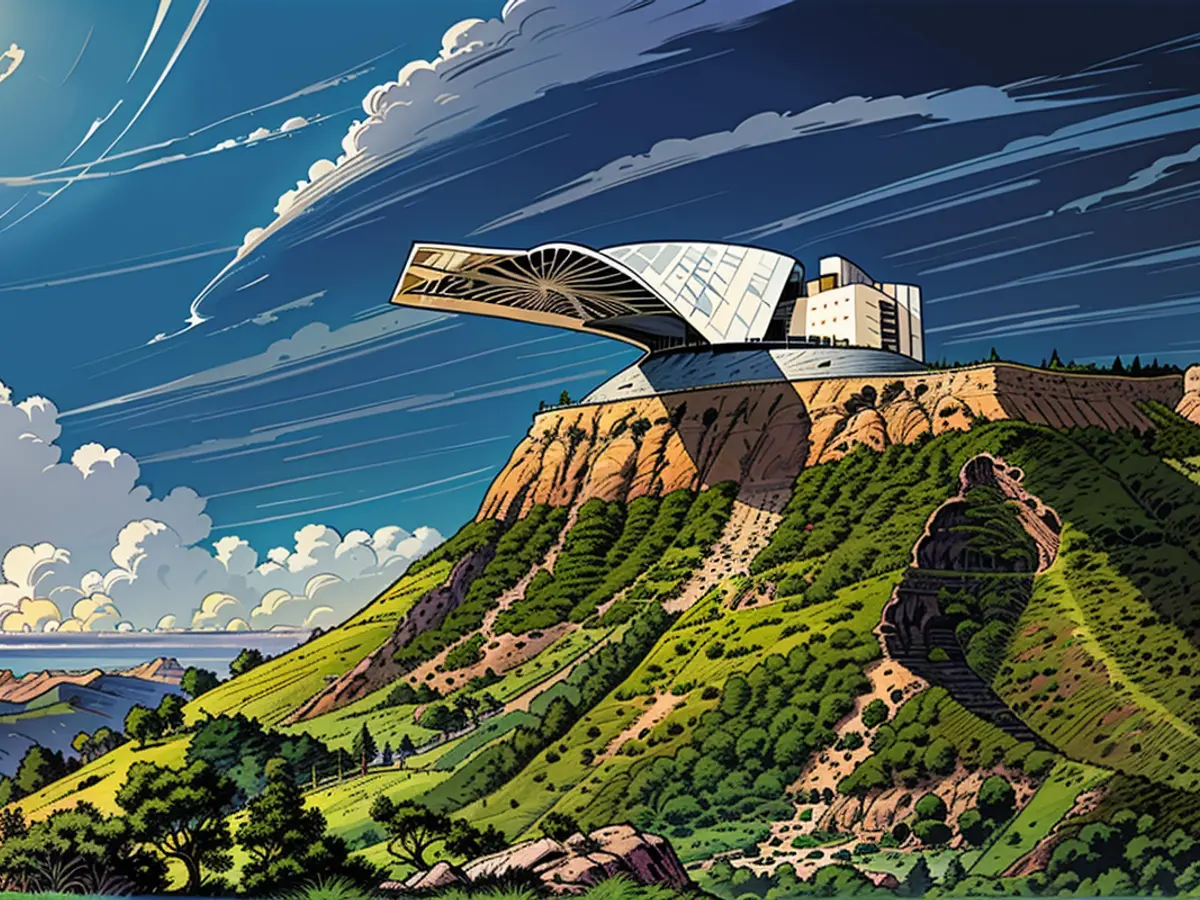These structures would have significantly altered cityscapes, yet they remained unconstructed.
For every architectural venture that comes to fruition, numerous others remain undeveloped or forgotten, surviving merely as potentials in sketches or digital renderings. These unrealized masterpieces, crafted by some of the world's most renowned architects, are showcased collectively in the compilation "The Atlas of Never Built Architecture," featuring approximately 350 projects culled from an astounding 5,000 designs. This compendium paints a picture of landscapes and urban landscapes that exist devoid of monetary constraints, bureaucratic delays, and creative limitations, allowing visionaries to materialize their most refined concepts.
As authors Sam Lubell and Greg Goldin elucidate in their introduction, unbuilt designs are "pure, unadulterated visions." They have exempted from the inevitable dilution and amputations inflicted by market forces or politics, which have a tendency to tarnish brilliant concepts with the patina of mundanity.
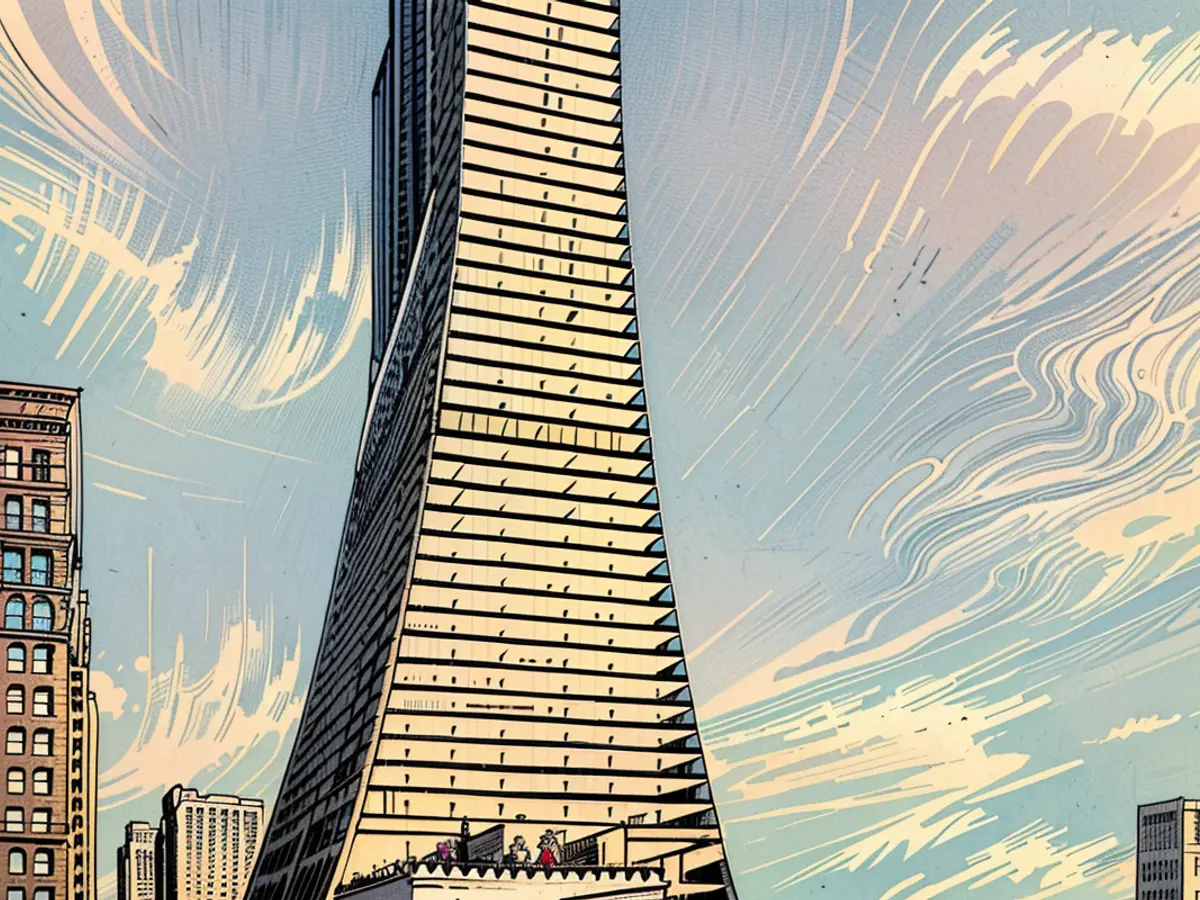
A multitude of these ideas were too utopian to ever materialize, such as the resurgence of 1970s-era utopian visions that depicted a highly advanced future. The fluctuations of the global financial market dispelled the blueprints for others, like Zaha Hadid's £100-million Dubai Opera House, which crumbled during the Great Recession of the 2000s alongside numerous other projects.
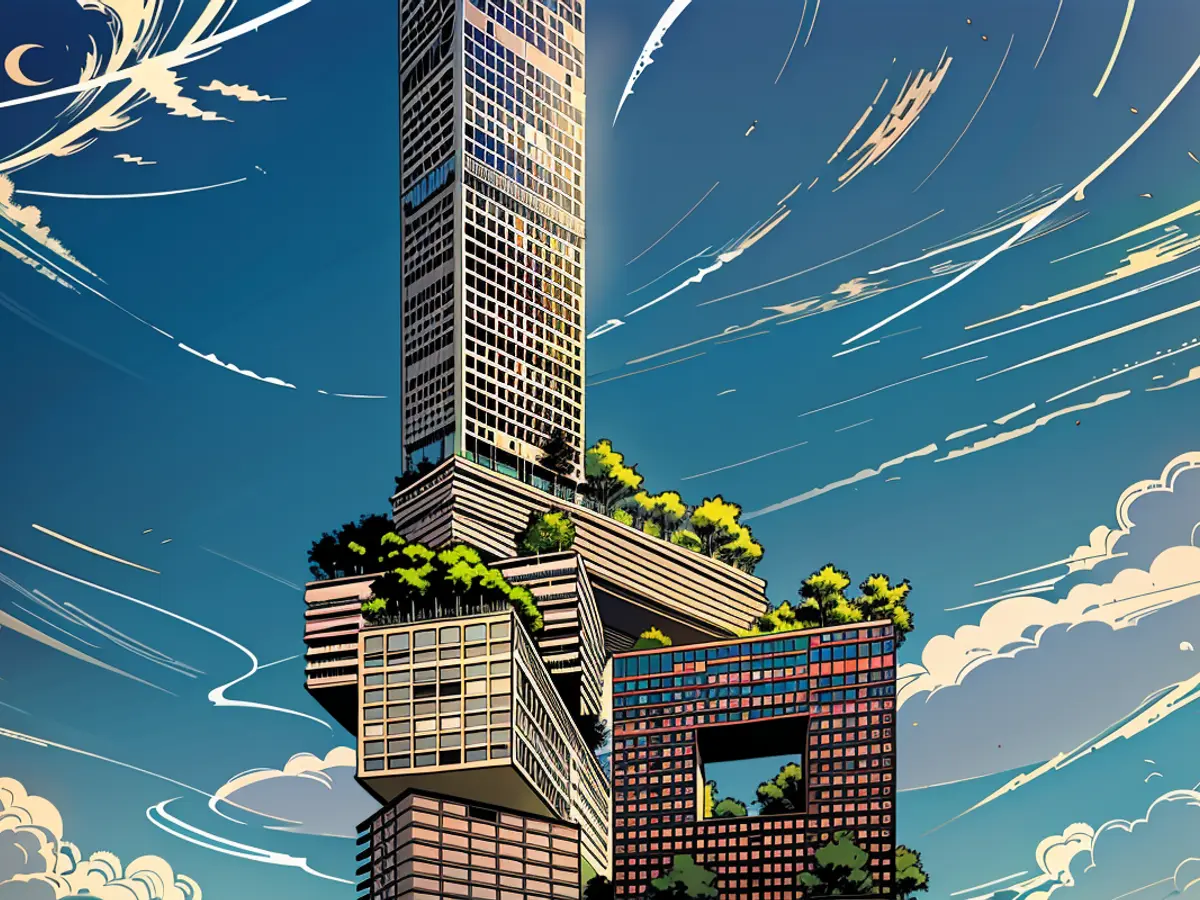
Some designs simply couldn't secure the required funding, such as the sophisticated New Orleans National Jazz Center that was intended to revive cultural identity in the aftermath of Hurricane Katrina, or a picturesque church in Ålesund, Norway, whose concrete construction mirrored the alpine terrain but eventually proved cost-prohibitive for parishioners' donations. Financially impeding factors also included the demise of a Las Vegas hotel named Xanadu that was intended to rejuvenate the strip in 1975, but was strangled by disagreements over sewer line financing.
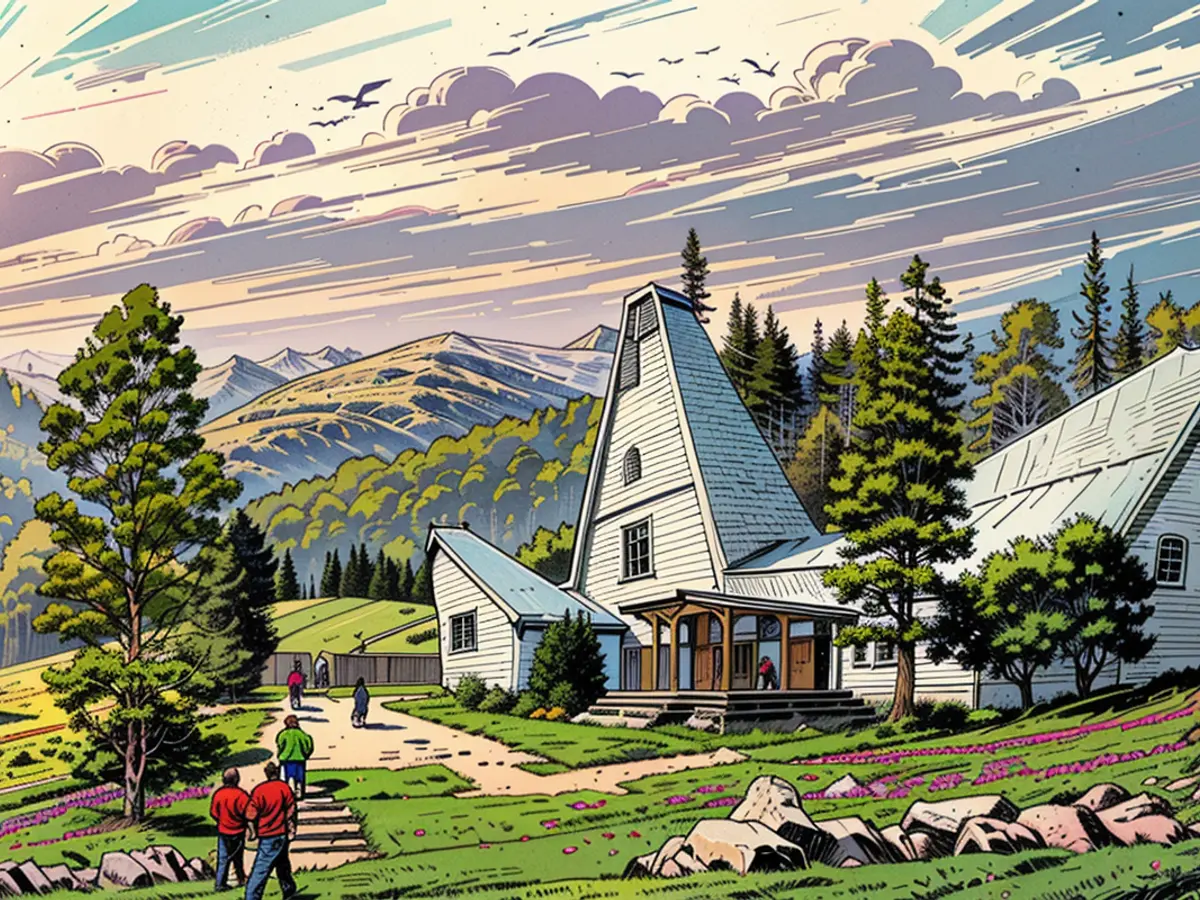
In certain instances, an architect or developer's untimely demise signaled the end of their projects. Had Matthew Nowicki not perished in a plane crash in 1950, he would have overseen the transformation of Chandigarh in northern India; instead, Swiss-French architect Le Corbusier gained recognition for his decades-long work on the master-planned city. And in Kenya, Daniel Libeskind's prehistoric-inspired tribute to humanity's history, Ngaren: Museum of Humankind, would be under construction in the Great Rift Valley, had not project founder Richard Leakey passed away in 2022. (Subsequently, the project's location has been altered, rendering Libeskind's design incompatible)
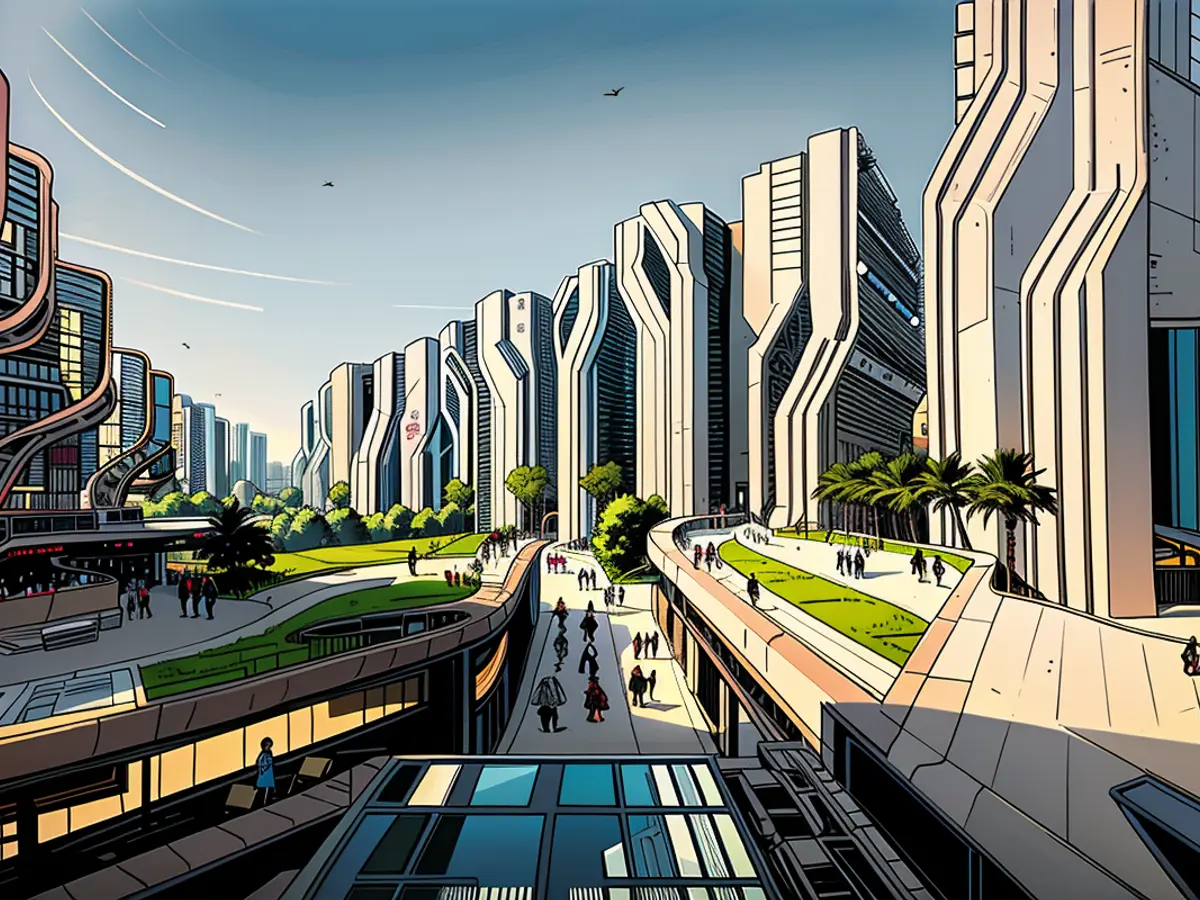
Some of the most captivating projects have been denied approval due to design concerns. Japanese architect Seiichi Shirai conceived of a serene yet solemn design for the Temple of Atomic Catastrophes in 1954, which embodied a sense of "formal purity" and bore a striking resemblance to a mushroom cloud, as stated by the authors. Published in the same year that Kenzo Tange's Hiroshima Peace Memorial Park was completed, these designs fell upon deaf ears, although Shirai later gained recognition for the design when he was posthumously awarded the Pritzker Prize.
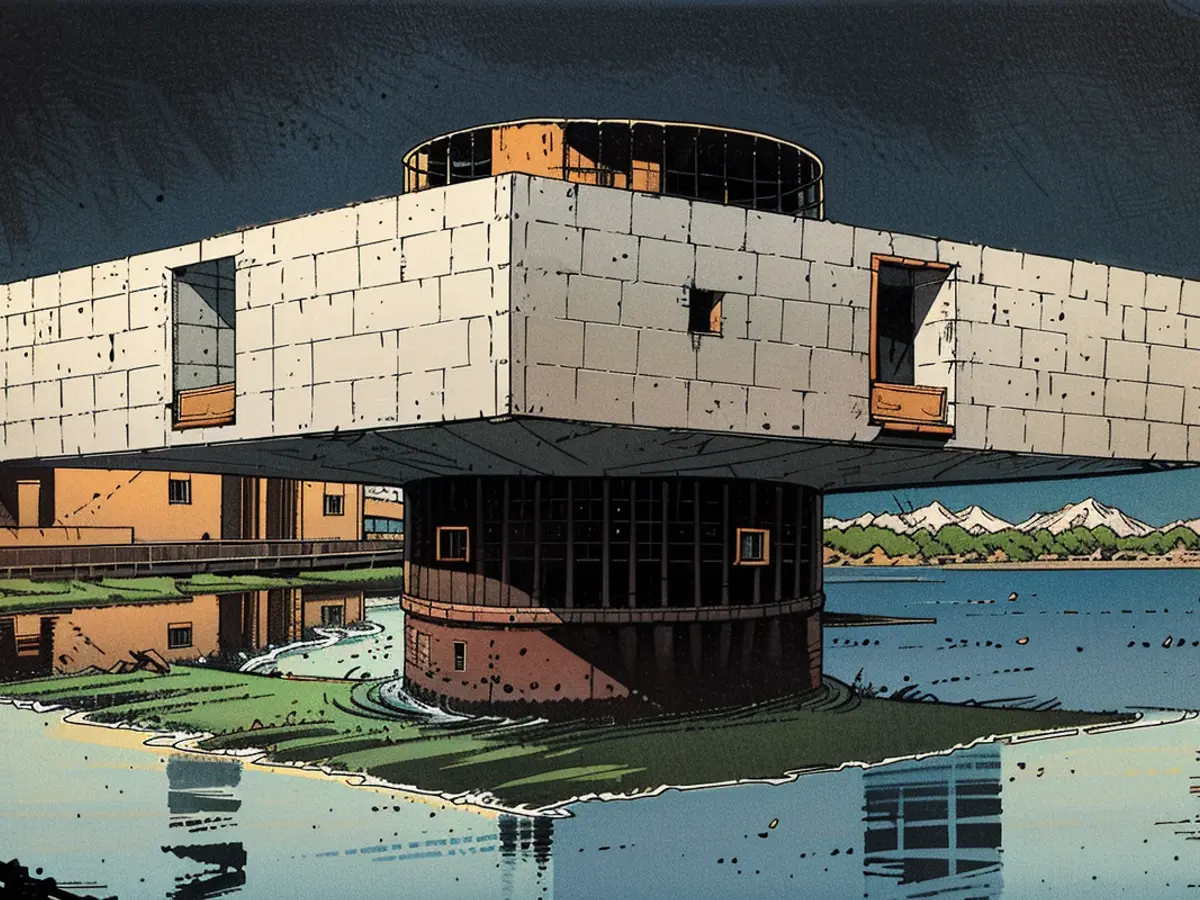
Although there have been numerous architectural projects that have been derided online for their aesthetics (see: Vessel, the Walkie Talkie) or their nomenclature (see: PENN15), one such project sparked an internet conspiracy that proved its undoing. In 2011, Rotterdam studio MVRDV issued an apology for their plans for a luxury complex in South Korea named The Cloud. Featuring two upright towers punctuated by floors shaped like a cotton-like cloud, critics claimed that it bore an uncanny resemblance to the World Trade Center engulfed in smoke plumes during the September 11 attacks, and ultimately, the project was abandoned.
The compilation "The Atlas of Never Built Architecture" showcases various architectural designs that were influenced by different styles, such as the 1970s-era utopian visions. Despite having an unique and distinctive style, some unrealized projects, like Zaha Hadid's Dubai Opera House, were impacted by financial turmoil and could not come to fruition.
